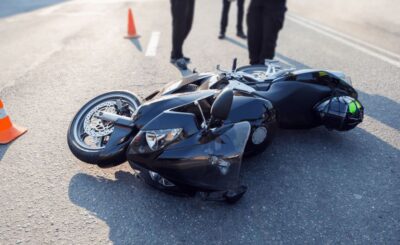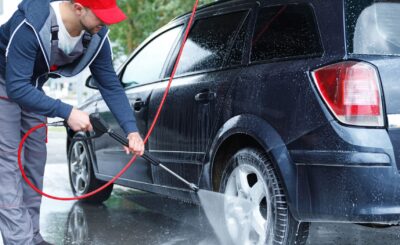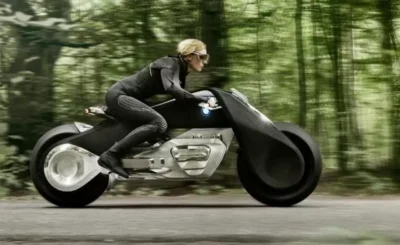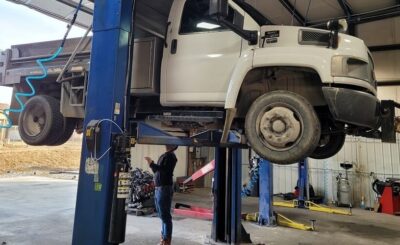E-bikes, however, provide many of the same advantages as regular bicycles, including financial savings (neither license nor coverage is necessary), enhanced well-being, and a sense of community. Getting yourself a Surron Light Bee X is a very economical option.
Can I Maintain My Electric Bike Myself?
This is a prevalent query. Whenever possible, it is usually advised to folks to shop locally when it concerns electric bikes. This is due to the bike being manufactured correctly, fitting the rider for increased comfort, and conforming to specific torque ratings for screws and other components.
Many bike businesses that sell both conventional and electric bikes will tell me that E-bikes see ten times as much use. This is influenced by feedback from customers and any adjustments they make.
People simply commute farther, quicker, and more often on electric bikes. While some of that wear may be repaired by the end user, things can get complicated when it concerns throttles, batteries, and computer systems.
Electrical and software complexity is combined with mechanical systems in electric bikes. It is believed that it also takes specialized tools and advanced knowledge to repair electric bikes.
Provided their lower cost points, the most basic bikes without torque sensing pedal support, LCD readouts, or cables that are routed through the frame could be self-serviceable or purely disposable, but the more specifically designed bikes really profit from that professional attitude. They frequently have trapped computer systems with specialized diagnostic tools, similar to vehicles.
E-bikes: Are They Quicker Than Conventional Bikes?
Not really—the majority of low-speed electric bikes can only reach 20 mph when propelled solely by the motor. Although you can usually pedal more quickly or down a steep hill, federal law restricts this maximum speed in return for designating a vehicle as a “bicycle.”
Recent concessions allow pedal-assist electric bikes to attain a maximum assisted speed of 28 miles per hour, but only when the rider pedals vigorously. In Europe, a class of E-bikes identical to this one known as “speed pedelecs” has gained popularity among commuters.
Be aware that efficiency decreases dramatically as riders’ speeds increase due to drag.
This refers to “forces acting in the opposite direction to the relative movement of any item moving with regard to a surrounding fluid,” in this case, air. While “air drag” is roughly dependent on the square of velocity, the force required to propel an item through a fluid grows as the cube of its own velocity.
In other words, performance comes at a high cost after you exceed 15 miles per hour on an electric bike since drag actually starts to reduce the distance you can obtain.








